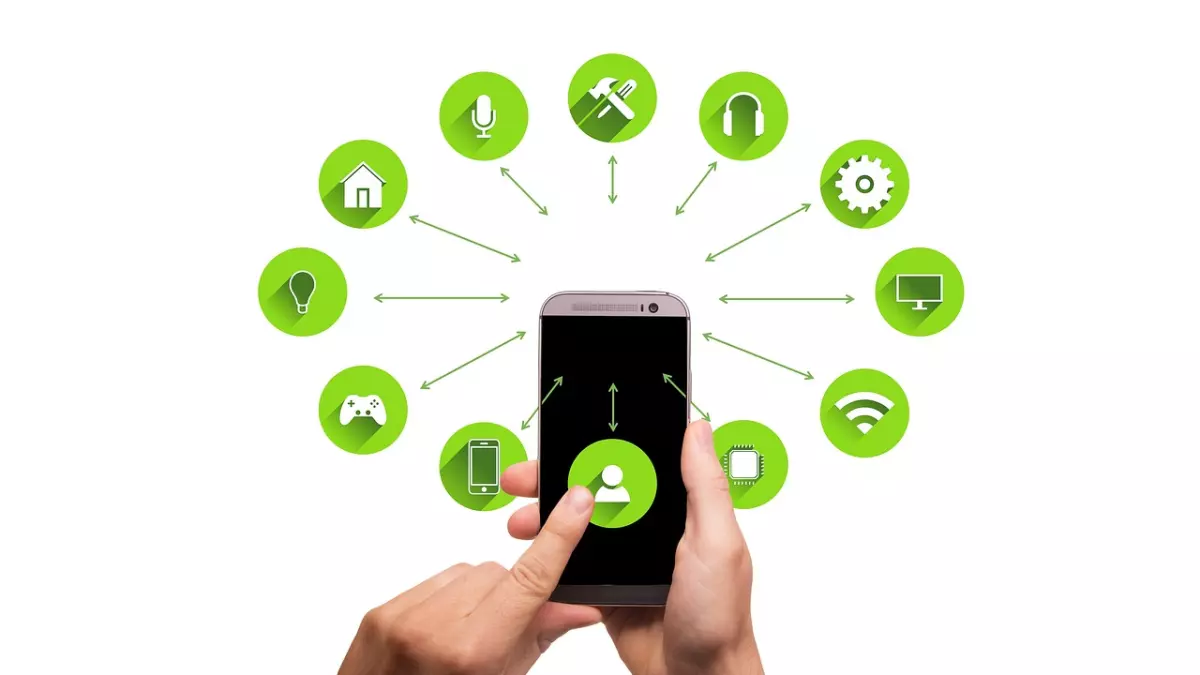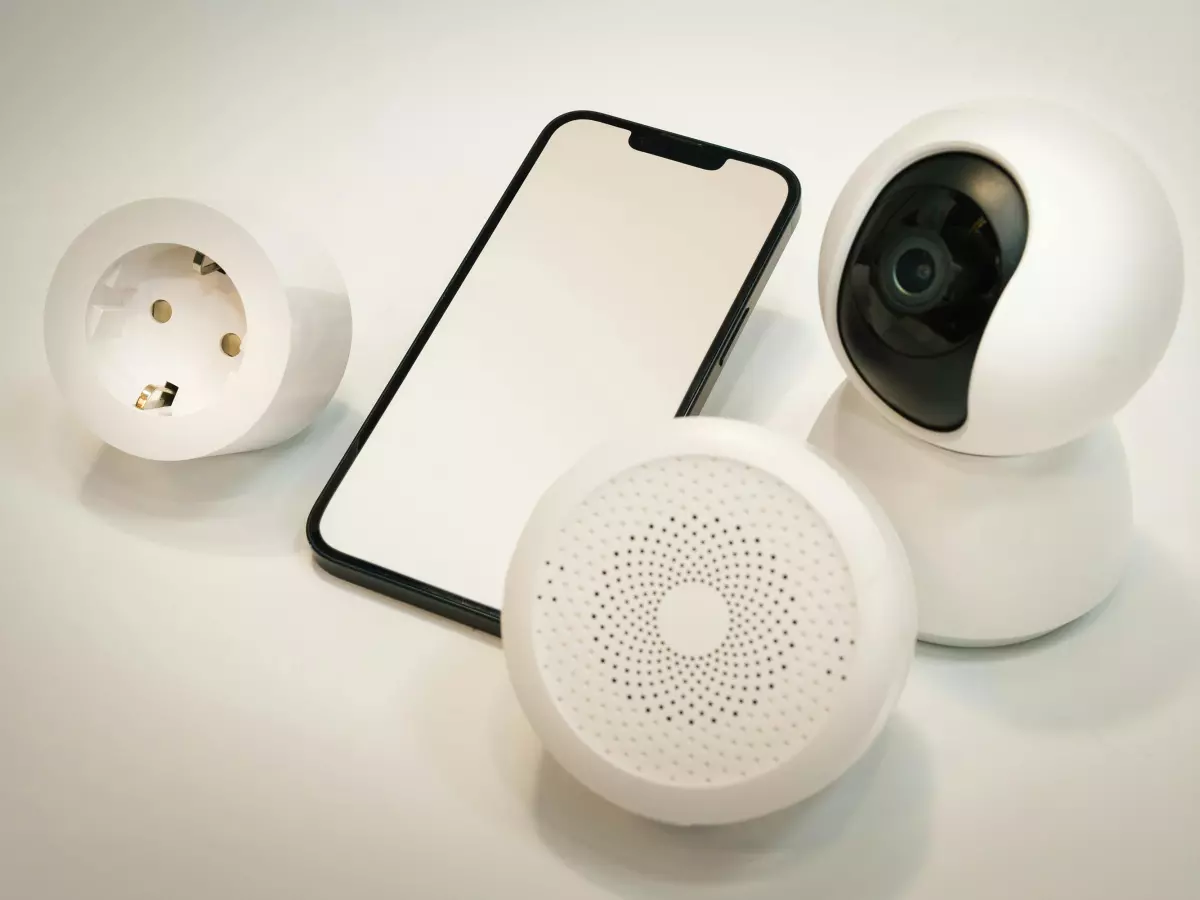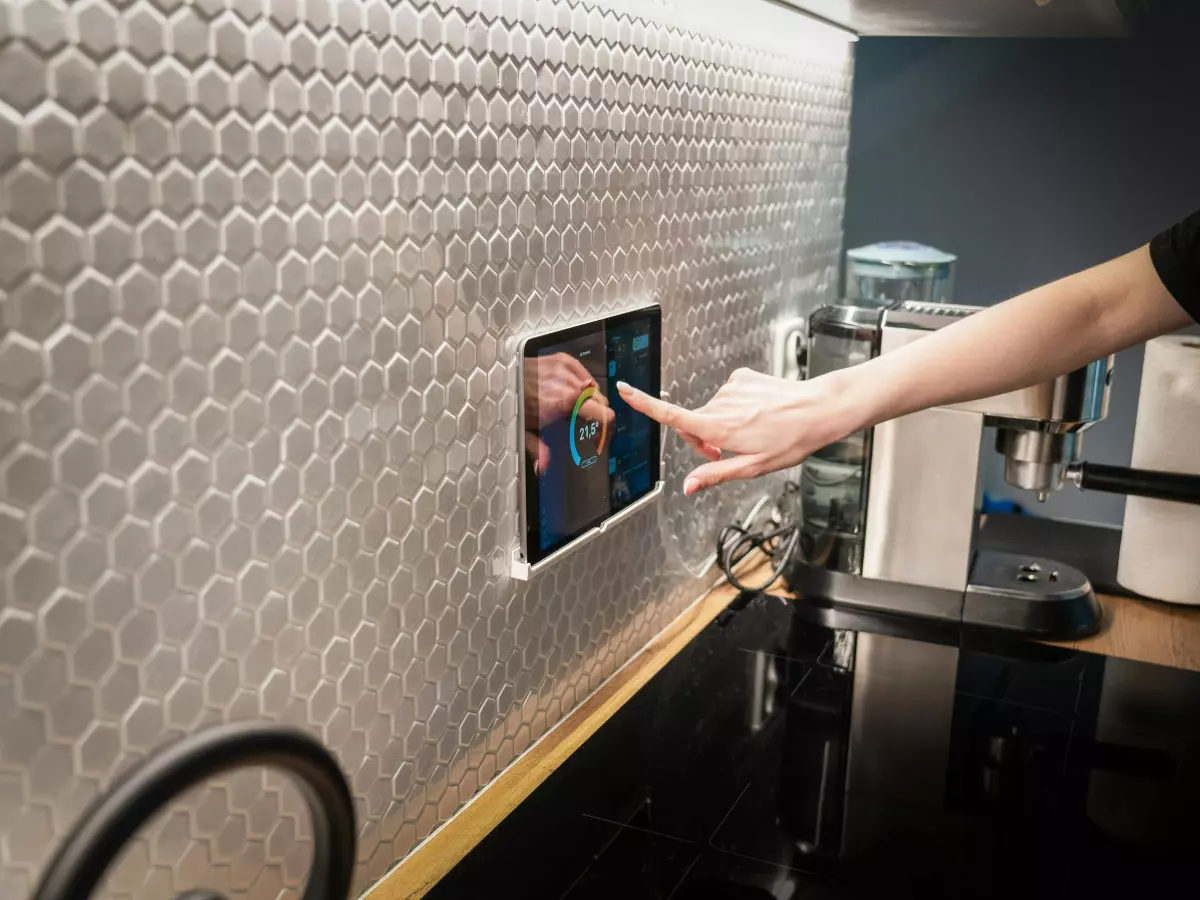Edge Computing
By 2025, over 75 billion IoT devices are expected to be in use globally, and a significant chunk of those will be smart home devices. But here's the kicker: without edge computing, your smart home might struggle to keep up with the demands of this connected future.

By Tomás Oliveira
Imagine a future where your smart home devices respond instantly to your commands, even if your internet connection is down. Your smart thermostat adjusts the temperature based on your preferences in real-time, your security cameras analyze footage locally to detect suspicious activity, and your voice assistant processes commands without sending data to the cloud. Sounds like a dream, right? Well, this future is closer than you think, thanks to edge computing.
But let’s reel it back to the present. Right now, most smart home devices rely heavily on cloud computing. Every time you ask your smart speaker to play a song or adjust your lights, that request travels to a distant server in the cloud, gets processed, and then returns to your device. This process, while functional, introduces latency, potential security risks, and a dependency on a stable internet connection. Enter edge computing—a solution that brings the processing power closer to home, literally.
What is Edge Computing?
In simple terms, edge computing refers to processing data closer to where it’s generated, rather than sending it to a centralized cloud server. For smart homes, this means that devices like cameras, thermostats, and even smart fridges can handle data locally, reducing the need for constant cloud communication.
Think of it like this: instead of sending every single piece of information to a remote server, your smart devices become mini-computers, capable of making decisions on their own. This reduces the load on your internet connection and speeds up response times. It’s like giving your smart home a brain of its own, rather than relying on a distant one.
Why Does Your Smart Home Need Edge Computing?
There are several reasons why edge computing is becoming essential for smart homes:
- Reduced Latency: By processing data locally, smart home devices can respond faster. No more waiting for the cloud to process your commands. This is especially crucial for security devices like cameras and alarms, where every second counts.
- Improved Security: With edge computing, sensitive data can be processed and stored locally, reducing the risk of data breaches. Instead of sending everything to the cloud, only the most necessary information is transmitted, minimizing exposure.
- Increased Reliability: What happens when your internet goes down? With cloud-reliant devices, you’re often left in the dark—literally. Edge computing allows devices to function independently of the cloud, meaning your smart home can keep running even without an internet connection.
- Bandwidth Efficiency: Constantly sending data to the cloud can clog up your internet bandwidth. Edge computing reduces this load by processing a lot of the data locally, freeing up your network for other tasks.
Edge Computing Protocols and Standards
For edge computing to work seamlessly in smart homes, it needs to integrate with existing protocols and standards. This is where things get interesting. Technologies like Thread and Zigbee are already designed to support local communication between devices, making them ideal candidates for edge computing environments. Additionally, newer protocols like Matter are being developed with edge computing in mind, ensuring that smart home devices from different manufacturers can communicate and process data locally.
Another key player in the edge computing space is AI at the edge. Many smart home devices are now being equipped with AI chips that allow them to process data locally. For example, a security camera with AI capabilities can analyze footage in real-time to detect unusual activity without needing to send the data to the cloud.
Challenges of Edge Computing in Smart Homes
Of course, no technology is without its challenges. One of the main hurdles for edge computing in smart homes is the cost. Devices with built-in edge computing capabilities tend to be more expensive due to the additional hardware required. However, as the technology becomes more widespread, these costs are expected to decrease.
Another challenge is interoperability. While protocols like Matter aim to solve this issue, not all smart home devices are currently compatible with edge computing. This means that some devices may still rely on cloud computing, creating a hybrid environment where both cloud and edge computing coexist.
The Future of Smart Homes with Edge Computing
As more smart home devices adopt edge computing, we can expect to see a shift towards faster, more secure, and more reliable smart homes. The days of relying solely on the cloud are numbered, and edge computing is poised to take center stage. Whether it’s improving the responsiveness of your smart lights or enhancing the security of your home, edge computing is the key to unlocking the full potential of smart home technology.
So, the next time you’re shopping for a smart home device, keep an eye out for those that support edge computing. It might just be the upgrade your home needs to stay ahead of the curve.





